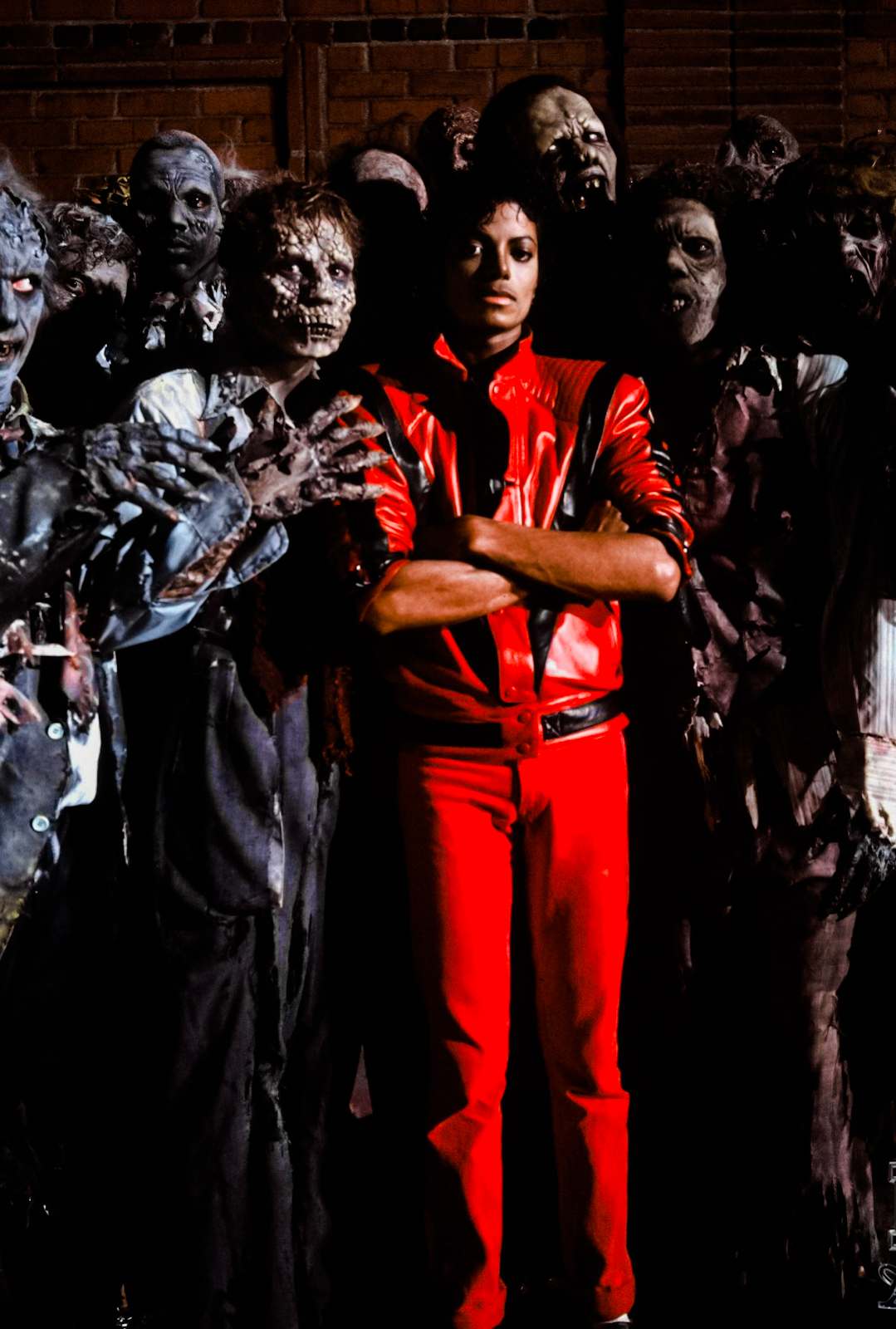Research Blog
One of the most iconic pop music videos of all time, Beyoncé's "Single Ladies," directed by Jake Nava, showcases masterful use of angles and shots. The video's simplistic, yet captivating, visual style relies heavily on wide-angle shots to emphasize the dancers' synchronized moves. The frequent use of close-ups on Beyoncé's face adds an intimate connection with the audience. The low-angle shots accentuate the power and confidence of the dancers, making viewers feel like they are part of the dance. Another music video a timeless classic, Michael Jackson's "Thriller" directed by John Landis, is renowned for its groundbreaking use of cinematography. The video is essentially a short film, and its horror theme demands a range of angles and shots to create suspense. The use of high-angle shots contributes to a sense of vulnerability, while the close-ups of Jackson's expressive face heighten the emotional impact. The famous tracking shot, where Jackson transforms into a werewolf, is a masterclass in visual storytelling. Lastly, Taylor Swift's "Blank Space," directed by Joseph Kahn, is a prime example of how angles and shots can enhance the narrative of a music video. The video tells the story of a tumultuous relationship, and the cinematography plays a crucial role in conveying the emotional rollercoaster. The use of handheld shots provides an intimate feel, while the Dutch angles give a sense of instability and chaos in the relationship. Close-ups of Swift's facial expressions reveal her transformation from sweet to sinister. These relate to my song The Lazy Song because they all are about pop.






Comments
Post a Comment